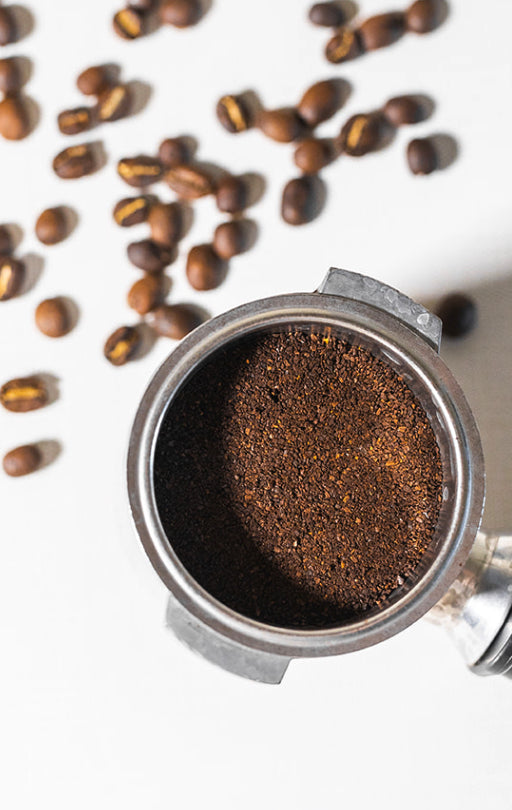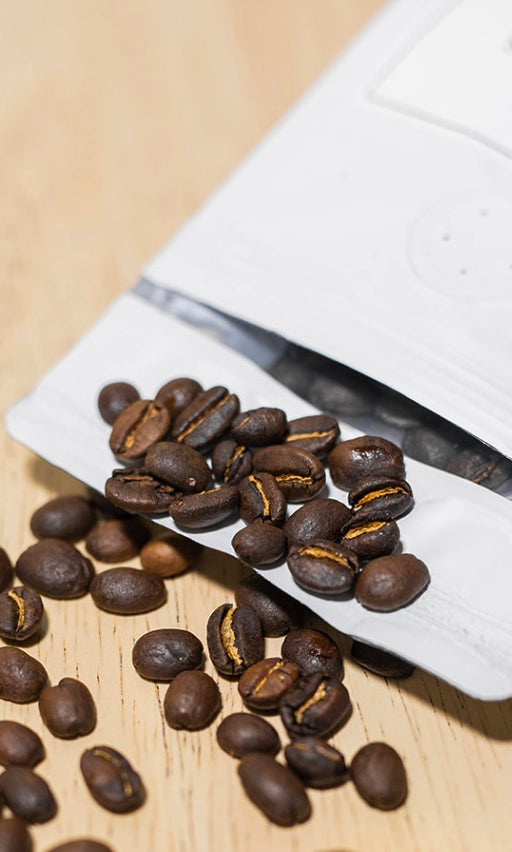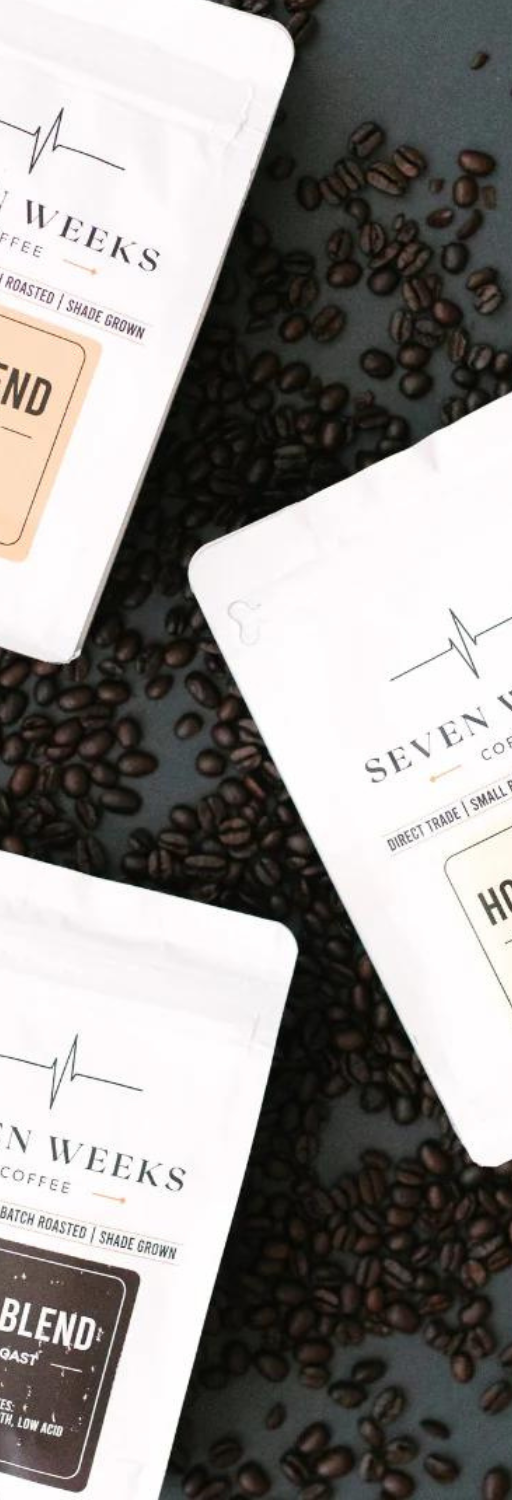Mold in coffee is a topic that often sparks concern, but it’s frequently misunderstood and shrouded in misconceptions. It's easy to panic at the mere mention of mold, but the reality is far more nuanced than we might think. While it's true that coffee beans—like many organic products—can develop mold during storage and processing, the reality is far more nuanced. The key to understanding this lies in the quality of the beans and how they are stored. High-quality coffee beans, when handled properly, are far less likely to harbor these dangerous toxins. On the other hand, low-quality coffee, which is more vulnerable to mold growth, combined with improper storage—think moisture, warmth, or fluctuating temperatures—can create the perfect breeding ground for mycotoxins.
So while the risk of mold in coffee is not inherent in all types, it is definitely something you should be aware of when selecting your beans and deciding how to store them. Let’s dive deeper into what you really need to know about mold in coffee and how you can enjoy your daily cup with peace of mind.
What You Need to Know About Mold in Coffee
- Mold Grows on Coffee Beans Before and After Harvesting
Coffee is grown in tropical climates that are warm, humid, and perfect for mold to thrive. These conditions, while great for growing coffee, also make the beans highly susceptible to mold if they’re not dried properly. After coffee cherries are harvested, they must be dried before they’re processed into the beans we know and love. If this step isn’t done right—such as drying the beans too slowly or not thoroughly—mold can develop.
Choosing a reputable coffee brand that ensures proper drying techniques is essential to safeguarding against mold. For instance, Seven Weeks Coffee is known for drying their beans meticulously, ensuring that mold doesn’t have a chance to thrive. Investing in brands that focus on quality from the start can make all the difference when it comes to mold-free coffee.
- Mycotoxins Are the Real Concern
The real danger comes from mycotoxins—dangerous toxic compounds produced by some molds. These toxins can have serious health implications, including kidney damage, immune system suppression, and even cancer when consumed in high doses over time. The most common mycotoxins found in coffee are ochratoxin A and aflatoxins. The presence and concentration of these toxins depend on a variety of factors, from how the beans are grown and processed to how they are stored and handled after harvesting. Unless you are harvesting, roasting and packaging, your own beans, the safest way to ensure there is no mold in your coffee is to purchase it from brands you trust and know are doing their due diligence to provide a mold-free cup of coffee.
- Not All Coffee is Contaminated
Here’s the good news: Not all coffee is contaminated with mycotoxins. The coffee industry has regulations to limit mycotoxin levels, especially in high-quality coffees. In fact, many reputable brands test their beans rigorously to ensure they meet safety standards and are free from harmful toxins. However, lower-quality coffee—often found in bargain bins or sold by brands that cut corners—may not adhere to these strict regulations. These lower-quality beans are more likely to be exposed to the conditions that lead to mold growth, which can increase the risk of mycotoxin contamination.
While an occasional cup of low-quality coffee may not have a noticeable impact on your health, consistently drinking it over time can pose a risk. Think of it this way: you wouldn’t want to make a habit of eating moldy bread, right? It’s the same principle when it comes to coffee.
How to Avoid Mold in Coffee
1. Choose 3rd Party Tested, High Quality Specialty Coffee
One of the simplest ways to avoid mold in your coffee is to choose high-quality beans that have been tested and are verified to be mold-free. While it may be tempting to grab that cheaper, mass-produced coffee, remember that you’re not just paying for flavor but also for quality assurance. Brands like Seven Weeks Coffee offer affordable yet mold-free options that are both delicious and safe to drink. You can verify our mold-free test results here. Plus, purchasing high-quality coffee can have a positive impact beyond just your health—it directly supports causes like helping women facing unplanned pregnancies. So, with every cup, you’re not only protecting your health but making a difference as well.
2. Store Your Coffee Properly
Proper storage is essential to preventing mold growth. Keep your coffee beans in an airtight container and store them in a cool, dry place—preferably away from direct sunlight. Avoid keeping them in the fridge, as the moisture and temperature fluctuations can encourage mold growth. A pantry or kitchen cupboard, far from heat sources like the stove or oven, is usually the best bet. The more stable the environment, the less likely your beans will be to develop mold.
3. Drink Direct Trade Coffee
Seven Weeks Coffee stands out by being able to trace every bean back to the farmer who carefully nurtured it. We have a personal connection with each of these dedicated growers, fostering a relationship built on trust and mutual respect. This approach, known as Direct Trade, is the gold standard of ethical sourcing, ensuring that every cup is not only of exceptional quality but also contributes to the well-being of local family farmers worldwide. What's more, we go above and beyond by paying our farmers a remarkable 300% more than the fair-trade minimum. This level of transparency and commitment allows us to oversee every step of the process, from farm to roaster, guaranteeing that every sip is a testament to quality and integrity.
Should You Be Worried?
If you drink cheap, mass-produced coffee, you might be consuming small amounts of mycotoxins. While the occasional exposure isn’t likely to cause harm, long-term consumption could have negative effects. Opting for high-quality coffee with strict testing standards is the best way to enjoy your daily brew without the risk of consuming mold. By ensuring that the coffee you brew at home on a daily basis is delicious and actually healthy you can easily avoid the dangers of mold in coffee.
In the end, the choice is yours. With a little knowledge and care, you can make an informed decision about the coffee you drink, ensuring that it’s not only delicious but also free from the dangers of mold. By focusing on quality, proper storage, and freshness, you’ll be able to enjoy your coffee with confidence and know that you’re doing what’s best for both your health and your taste buds. Happy brewing!








